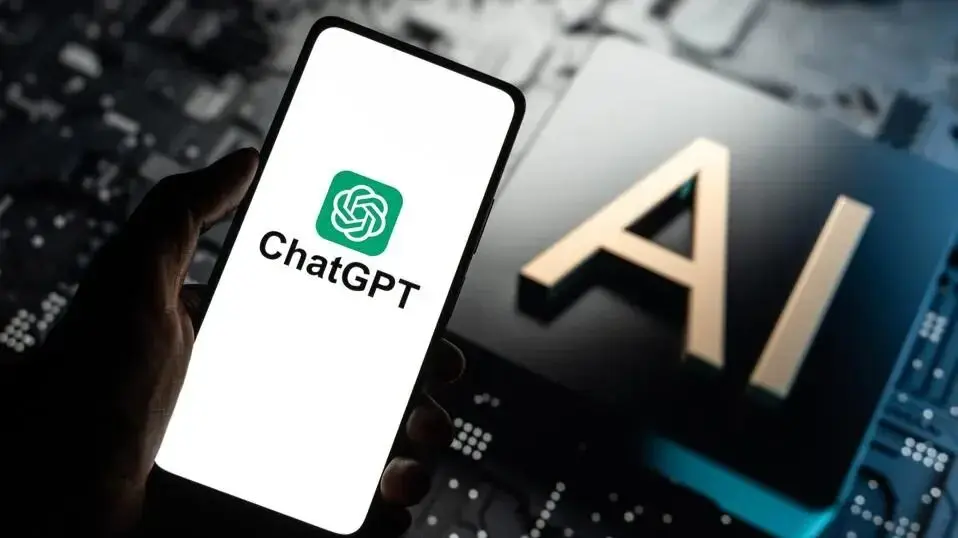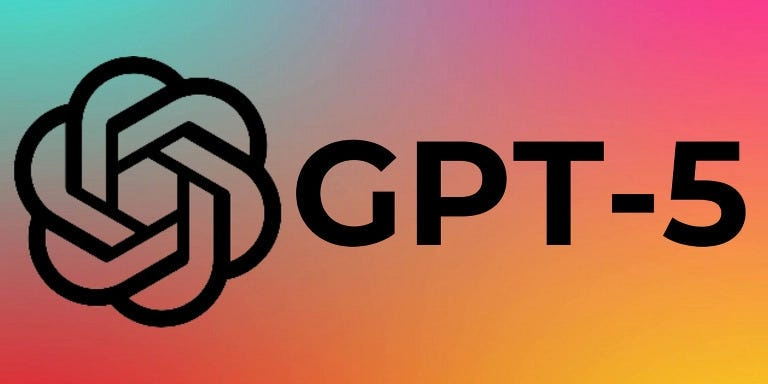OpenAI is set to unveil its next major language model GPT‑5 as soon as August, according to sources cited by Reuters and TechWire Asia . The new system will blend multiple AI technologies into a single interface and offer smaller scaled models.

Release timeline and development challenges
Internal testing of GPT‑5 is nearly complete and engineers have reserved server capacity at Microsoft data centers since May. While an official launch date has not been confirmed by OpenAI the model is expected to appear in early August. OpenAI often adjusts its schedule to address technical hurdles server availability or responses to competitor announcements .
Unified AI tools in one model
GPT‑5 will merge the existing o‑series models with the GPT architecture. This integration allows users to perform tasks such as text generation code writing web browsing and even video creation without switching between separate tools. CEO Sam Altman described GPT‑5 as a system that brings together many of OpenAI’s technologies under one roof .
Scaled‑down versions for developers
Alongside the full GPT‑5 OpenAI will offer “mini” and “nano” variants. These smaller models will run faster at lower cost and grant developers flexibility when building applications that do not require the largest model’s full capacity. The mini and nano editions aim to expand access for businesses with limited compute budgets .
Expected enhancements and benchmarks
GPT‑5 is anticipated to deliver significant gains in coding accuracy and creative writing quality. Observers also expect a larger context window so the model can recall and process more information in long conversations. Early tests suggest that GPT‑5 already meets high standards in specialized benchmarks including OpenAI’s internal BioSec suite for biosecurity tasks .

Possible Sora 2 video generator update
OpenAI may also release Sora 2 alongside GPT‑5. Sora is the company’s video generation tool first launched in December 2024. Industry analysts have spotted internal file references hinting at a second version, which could include new editing features and improved realism to compete with models like Google’s Veo 3 and Runway.
Anticipation is high as the AI community watches to see whether GPT‑5 fulfills its promise of unifying multiple AI functions in a single system. If successful the launch will reinforce OpenAI’s leading role in the rapidly evolving field of generative artificial intelligence.





